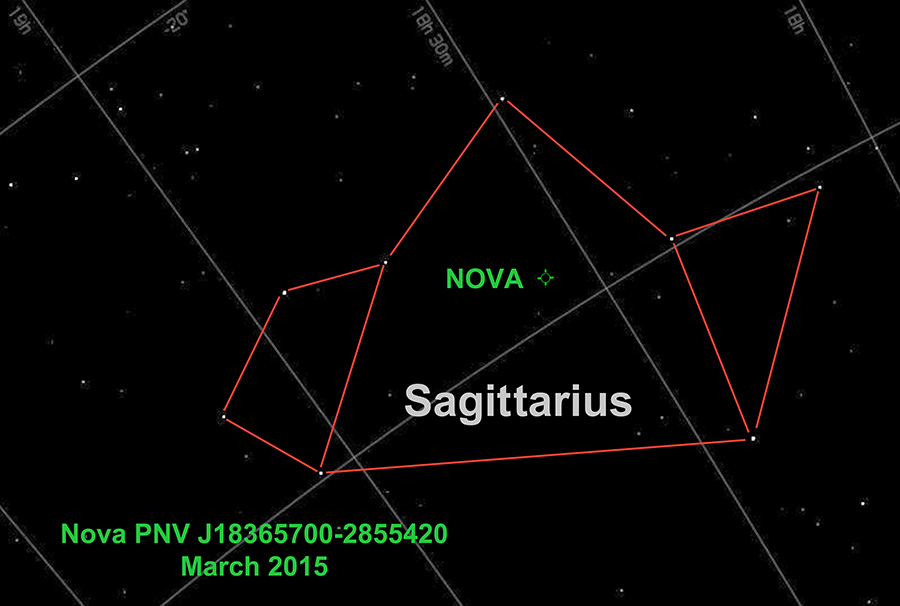![]() LISTEN to this week’s Sky Report
LISTEN to this week’s Sky Report
This is the Griffith Observatory Sky Report for the week ending Wednesday, March 25, 2015. Here is what’s happening in the skies of southern California:
Spring begins in the earth’s northern hemisphere (and autumn in the southern hemisphere) at 3:45 p.m., P.D.T. on March 20. At this precise moment–the vernal equinox–the sun crosses the celestial equator from south to north. Spring ends at the summer solstice on June 21.
Also on the 20th, about 13 hours before the equinox, a total solar eclipse will happen in the north Atlantic Ocean (meeting land only at tiny Spitzbergen Island) and ends at the North Pole. A partial solar eclipse will be seen across Greenland, the western half of north Africa, Europe, western Russia and Kazakhstan. In North America, only the east coast of Newfoundland and Labrador will experience the very end of the eclipse at sunrise.
The brightest planet, Venus, is brilliant in the west until it slips below the horizon two hours after sunset. The crescent moon appears in the evening sky below Venus on the 21st, and binoculars will reveal orange Mars 2 degrees to the moon’s lower right. The moon passes 4 degrees from Venus on the 22nd.
The second brightest planet, Jupiter shines from Cancer the crab, and is high in the east during evening twilight. Jupiter is highest and due south at about 10:00 p.m., and sets in the west-northwest before dawn. Binoculars can reveal the four largest moons of Jupiter, but a telescope is required to see the features of Jupiter’s stormy atmosphere. Telescopes will also allow observation of an eclipse of the moon Europa as it passes though the shadow of another moon, Io, on Thursday night, the 19th. The eclipse takes place between 10:39 and10:44 p.m., PDT, and will result in the noticeable drop in Europa’s brightness of 0.6 magnitude. A list of eclipses and other “mutual events” of Jupiter’s moons that are visible from Los Angeles, can be found on the Griffith Observatory website.
Planet Saturn is best seen before dawn. It is in Scorpius the Scorpion, about 10 degrees to the upper right of Antares, the fiery red heart of Scorpius. Saturn outshines Antares. A telescope is necessary in order to observe Saturn’s magnificent ring system, now tilted 25 degrees from edge-on to our view.
A nova is shining near the middle of the “teapot” of Sagittarius the Archer. The nova was first noticed in photographs taken by Australian amateur astronomer John Seach on March 15. At about magnitude 5.5, the nova should be easy to find through binoculars before dawn just below the midpoint of the two stars that mark the bottom of the teapot lid. A finder chart is available below. A nova is a cataclysmic, but temporary, flare up of gas accumulated on a white-dwarf star from the atmosphere of a close companion giant star. More information is available from Sky and Telescope.
Free views of the sun during the day and of the moon, planets, and other celestial objects at night are available to the public in clear weather through Griffith Observatory’s telescopes from Tuesday through Sunday before 9:30 p.m. Check our website for our schedule. The next public star party on the grounds of Griffith Observatory, hosted by the Los Angeles Astronomical Society, the Sidewalk Astronomers, and the Planetary Society, will take place on Saturday, March 28.
Follow the Sky Report on Twitter for updates of astronomy and space-related events.
From Griffith Observatory, I’m Anthony Cook and I can be reached at griffithobserver@gmail.com.

